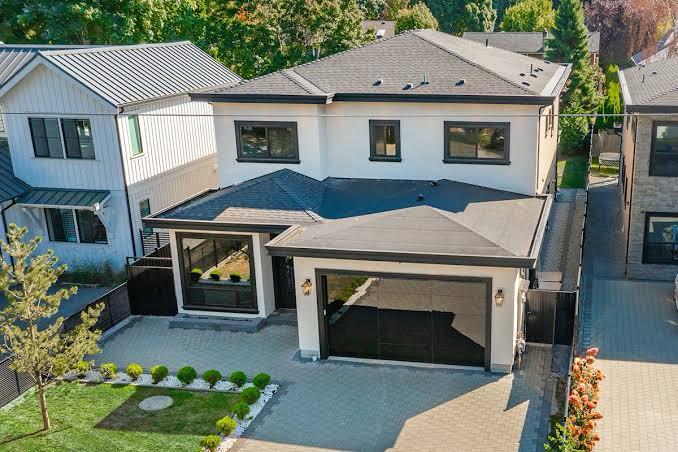For decades, “sustainability” has been the gold standard in environmental thinking—a way to meet present needs without compromising the future. But in an era of climate emergencies, biodiversity loss, and dwindling natural resources, some experts argue that simply sustaining what we have isn’t enough. Enter regenerative living—a philosophy that aims to restore, replenish, and actively improve the systems we depend on.
Beyond “Doing Less Harm”
Sustainability often focuses on minimizing damage: reducing carbon footprints, cutting waste, and using resources efficiently. While these are crucial steps, they operate from a mindset of maintaining the status quo. Regenerative living, on the other hand, seeks to leave things better than we found them—actively improving soil health, restoring ecosystems, and regenerating biodiversity.
Think of it this way: if sustainability is about breaking even with nature, regenerative living is about paying back our environmental debt with interest.
How Regenerative Living Works in Practice
Regenerative principles can be applied across industries and daily life:
- Agriculture: Moving from monoculture farming to regenerative agriculture that builds soil fertility, captures carbon, and supports biodiversity.
- Architecture: Designing buildings that produce more energy than they consume, harvest rainwater, and enhance local ecosystems.
- Lifestyle: Composting organic waste, using renewable energy, supporting circular economies, and choosing products that restore rather than deplete resources.
The goal is not just to avoid harm, but to create positive impact.
Why the Shift Matters Now
With global warming intensifying, incremental change may no longer be enough. Studies suggest that regenerative agriculture alone could sequester billions of tons of CO₂ annually. Likewise, regenerative urban planning could help reverse habitat loss while improving human health and resilience.
In other words, the conversation is shifting from “How do we sustain?” to “How do we repair and renew?”
Challenges on the Road to Regeneration
Transitioning to regenerative living is not without hurdles—economic structures, political will, and consumer habits must evolve. It requires systemic change, long-term thinking, and investment in innovation. However, the rewards—healthier ecosystems, resilient communities, and a climate-positive future—are far greater than the costs.
The Takeaway
Sustainability was the first step, but regenerative living could be the leap humanity needs. By aiming not just to preserve but to restore, we can build a future where people and the planet thrive together—not in balance, but in mutual abundance.














Leave a comment